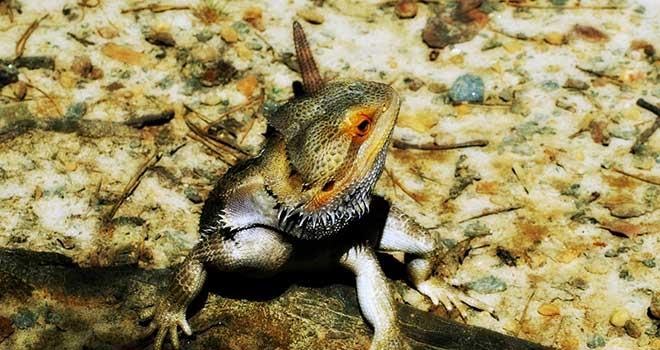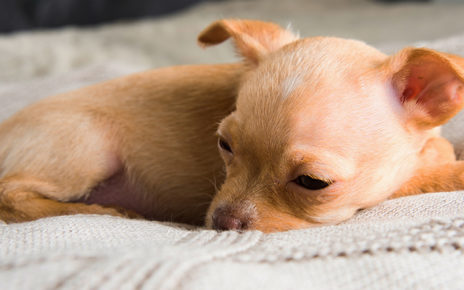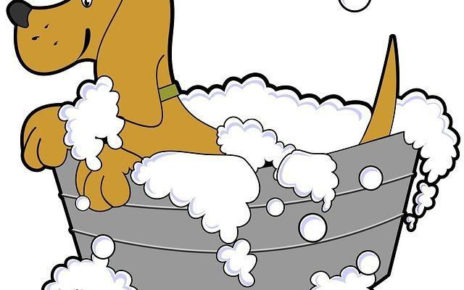Providing the right heat and heating for bearded dragons is extremely important. In this post we will cover it in details.
Bearded Dragon Lighting
For the best care of your Bearded Dragon it’s important to remember where they come from.
In its natural environment, your new bearded dragon would spend its time crawling about and lounging on fence posts, tree branches or any other out of the way spots where it could easily bask in the full glory of the Aussie sun.
Hot days are ideal, and the weather patterns that we might find uncomfortable are the perfect conditions for these cold-blooded creatures. Your setup at home must accurately replicate the full-spectrum of lighting available in the great outdoors if you want to properly have the best Bearded Dragon care.
Many owners allow their dragons to bask in outdoor cages on sunny days when the temperature is over 70ºF to supplement their artificial light regimen.
While technology can’t imitate the sun perfectly, we can ensure that our bearded dragon friends have the next best thing. UVB lighting provides bearded dragons with the full range of light they need to stay warm and comfy all year long, even indoors.
Reptile lights often include percentage information, numeric ratings that indicate how powerful the UVB light they produce is. Ratings of at least 5.0 are typically the most appropriate for bearded dragons, as these light levels correspond to the same type of desert climates they originally call home.
The coating on the insides of UVB bulbs wears out after about 6 months, so they ought to be replaced regularly. Leaving them on to achieve the 12-14 hours of light bearded dragons require can create quite a fire hazard as heat builds up so take care to use safe ceramic bulb housings and always place lights overhead so that they extend the full tank length. Directing light through the glass reduces the amount of UV rays available for your bearded dragon.
Your visible light sources may not double as heat sources. In cases where one uses both UVB bulbs and normal light bulbs, it’s important to ensure that the each illuminates separate areas. This way, a lizard can bask without overheating.
The effects of not providing your bearded dragon with the right care are devastating to its health. Insufficient lighting can result in issues like metabolic bone diseases and other major problems, so make sure your dragon has the best chances of staying well with the right lighting.
Bearded Dragon Heating
The colder climes in many countries around the world are absolutely inadequate when it comes to providing the right care and heating that your bearded dragon needs to thrive.
Unlike mammals, these lizards gain their body heat from external sources, so owners who really do focus on their bearded dragon care ensure their pets can readily access warmth.
Bearded dragons usually absorb heat from the sunlight that blasts the arid desert-like regions they hail from.
In captivity, lizards get their heat from any number of ingenious devices people have invented to keep them comfy. The most common of these is the reptile basking light, but ceramic heat emitters and plain light bulbs are often used as well.
So how hot should that vivarium be?
Well, while the bearded dragon in your care will certainly enjoy basking in warm spots, it will need a refuge to cool down in when it gets too toasty.
Make sure you place heaters and thermometers in a fashion that creates a temperature gradient across the tank, with one hot side and one cool side.
For juveniles, maintain a temperature of at most 43ºC on the hot side; adults like it a bit cooler, around 35ºC ought to do nicely. The cool side of the enclosure must be at least 30ºC.
At night, when you turn off the visible lighting so your bearded dragon can get some shuteye, it’s best to maintain temperatures of at least 18ºC.
One thing every good lizard enthusiast knows to avoid is the rock-style heating device commonly seen in snake enclosures. Rocks rarely heat up evenly, and can lead to serious burns on an animal’s belly.
Mat style heaters are acceptable if they’ve been buried underneath the substrate so that animals cannot come into contact with them; these are perfect for keeping the tank warm at night.
Use ceramic fixtures to hold your heating elements. Bearded dragon care seems simple enough, but there are always potential hazards involved with the use of high temperature devices, so be careful, and your beardie will stay comfortable no matter how far north you live.
Read more on: thebeardeddragons.org



